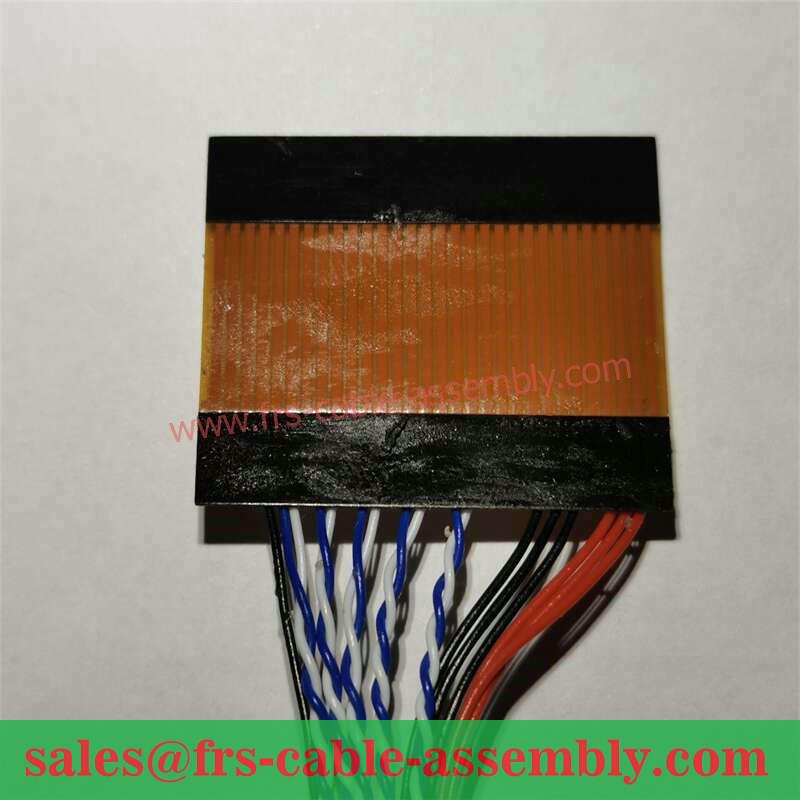Microcoaxial Cable
The Benefits of Using Microcoaxial Cable in High-Speed Data Transfer Applications Microcoaxial cable is an ideal choice for high-speed data…
Table of Contents
The Benefits of Using Microcoaxial Cable in High-Speed Data Transfer Applications
Microcoaxial cable is an ideal choice for high-speed data transfer applications due to its superior performance and reliability. This type of cable offers several advantages over other types of cables, including higher data transfer rates, improved signal integrity, and greater flexibility. Microcoaxial cable is also more resistant to electromagnetic interference, making it an ideal choice for applications that require reliable data transmission. Additionally, microcoaxial cable is more cost-effective than other types of cables, making it a great option for businesses looking to save money. With its superior performance and cost-effectiveness, microcoaxial cable is an excellent choice for high-speed data transfer applications.How to Choose the Right Microcoaxial Cable for Your Networking Needs
When selecting a microcoaxial cable for your networking needs, it is important to consider the type of cable, the length of the cable, and the environment in which it will be used.| Contact us | sales@frs-cable-assembly.com |
| Customized Cable Assemblies and Wire Harness | JST, Molex, JAE, Hirose, Samtec, I-PEX, Harwin, KEL, Amp |
 Length of Cable: The length of the cable should be determined based on the distance between the two points of connection. Longer cables will require more power and may require additional shielding to prevent signal loss.
Length of Cable: The length of the cable should be determined based on the distance between the two points of connection. Longer cables will require more power and may require additional shielding to prevent signal loss.







